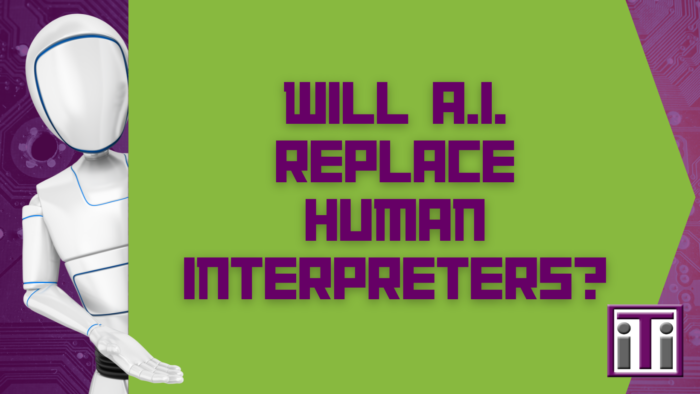Category: Services
In the ever-increasing global landscape, law firms and other organizations in the legal industry frequently require professional language services. Particularly in the field of legal document translation, the need for expert translators has skyrocketed. With the complexities of legal terminology and the sensitivity of the content, understanding how to translate…
Read More >>In today’s globalized world, effective communication across different languages is a vital part of both personal and business development. Businesses and individuals seeking to communicate effectively in various languages often turn to professional translation companies for assistance. In this blog post, we’ll review six of the best translation companies…
Read More >>You know you need an interpreter, and you have found listings for several companies that provide them. But what type of interpreter service do you need? When you are looking for professional interpreting services, it is helpful to know exactly what to ask for. You will need to determine both…
Read More >>We’ve previously written quite a bit about the implications of artificial intelligence for translators, and we’re standing firm by our statement that, while A.I. translation has come a long way, it’s not yet a viable replacement for professional human translation. Now, let’s talk what A.I. means for the future of…
Read More >>Language barriers can be a significant challenge in healthcare. Ensuring full language access isn’t just a compliance issue—it’s a fundamental matter of equity, diversity, and inclusivity. Here’s how creating a comprehensive language access plan can transform healthcare experiences for providers and their patients. Benefits of a Full Language Access Plan…
Read More >>What should you take into consideration when choosing a provider to provide professional translation services? Here are some steps and factors to consider before deciding on a Language Services Provider (LSP). Get Organized Put together a list of the types of language services you’ll need, and use it to create…
Read More >>The Law Regarding Medical Interpreting is Changing. Section 1557 of the Affordable Care Act (ACA) is being amended. It will require medical providers to document they are working with a “qualified interpreter.” Healthcare providers who receive government funding must only use Qualified or Certified medical interpreters for assignments. This will…
Read More >>Language services are imperative for businesses today, especially with instant global communication, increased cultural diversity, and cross-border business facilitated by technology. Among different interpretation services, there are three basic types: In-person or onsite interpreting services, video remote interpreting (VRI) and over-the-phone interpreting (OPI). Each has its own distinct set of…
Read More >>Life expectancy in the U.S. fell by 1.5 years in 2020, the biggest decline since World War II, according to new data from the Centers for Disease Control and Prevention (CDC). What does it all mean for the future? Overcoming language barriers in healthcare – whether it be Limited English…
Read More >>American Sign Language (ASL) is a visual-gestural language used by members of the Deaf community in the United States and Canada. It is a complete language, with its own unique grammar, syntax, and vocabulary, and is not simply a visual representation of English. ASL is used to communicate through the…
Read More >>









